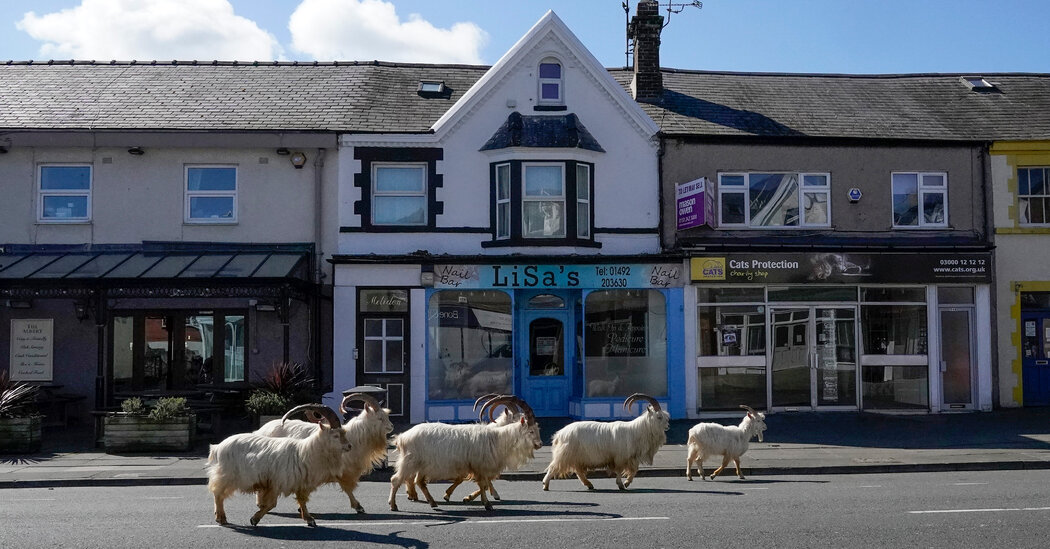Why it matters: Traffic can harm wildlife.
Many previous studies have shown that roads can change the behavior of wildlife. However, it can be difficult to separate the effects of permanent changes to the landscape, such as deforestation to build highways, from the effects of everyday human activities, such as rush-hour traffic.
In the early weeks and months of the pandemic, cars disappeared while roads, of course, remained, allowing scientists to tease out the impact of traffic. The new findings reinforce findings from smaller, more localized pandemic-era studies, providing further evidence that many wild animals quickly change their behavior when cars disappear.
In some respects this is good news, Dr Tucker said, suggesting that even temporary restrictions on traffic – such as in key habitats during certain breeding or migration seasons – may benefit animals. “This suggests that animals still have this flexibility or ability to adapt our behavior,” she said.
Background: Scientists have been studying “human pauses.”
The sudden reduction in global human mobility following the arrival of Covid-19 is sometimes referred to as a “human pause”. Scientists around the world are using this as an opportunity to learn more about how humans affect the natural world and what happens when humans disappear.
The new study is an outgrowth of the Covid-19 Biologging Initiative, which began in 2020. After the shutdown began, scientists who were already tracking wildlife movement for their own research projects began collaborating to compile their data to learn more about animal movements during the pandemic. In all, more than 600 researchers contributed more than 1 billion location records for about 13,000 animals across 200 species, said Christian Rutz, a behavioral ecologist at the University of St. Andrews in Scotland who chairs the initiative. . survey line.
In the new scientific study, researchers compared the movements of terrestrial mammals during the initial lockdown, which began on February 1-April 28, 2020, with the same period in 2019. Although the researchers found some general trends, they also recorded considerable variability, finding that some species and regions had stronger effects than others.
What’s next: More data coming soon.
The researchers are interested in investigating what happened after the lockdown was lifted, and whether wild mammals reverted to their previous movement patterns as humans resumed normal activities.
Dr. Lutz said in an email that the biorecording program is continuing and should be ready to publish more results on the movement of birds and mammals soon. “It’s so exciting to be able to share these discoveries after a three-year journey,” he said. “And we’re already considering next steps to investigate human-wildlife interactions.”


